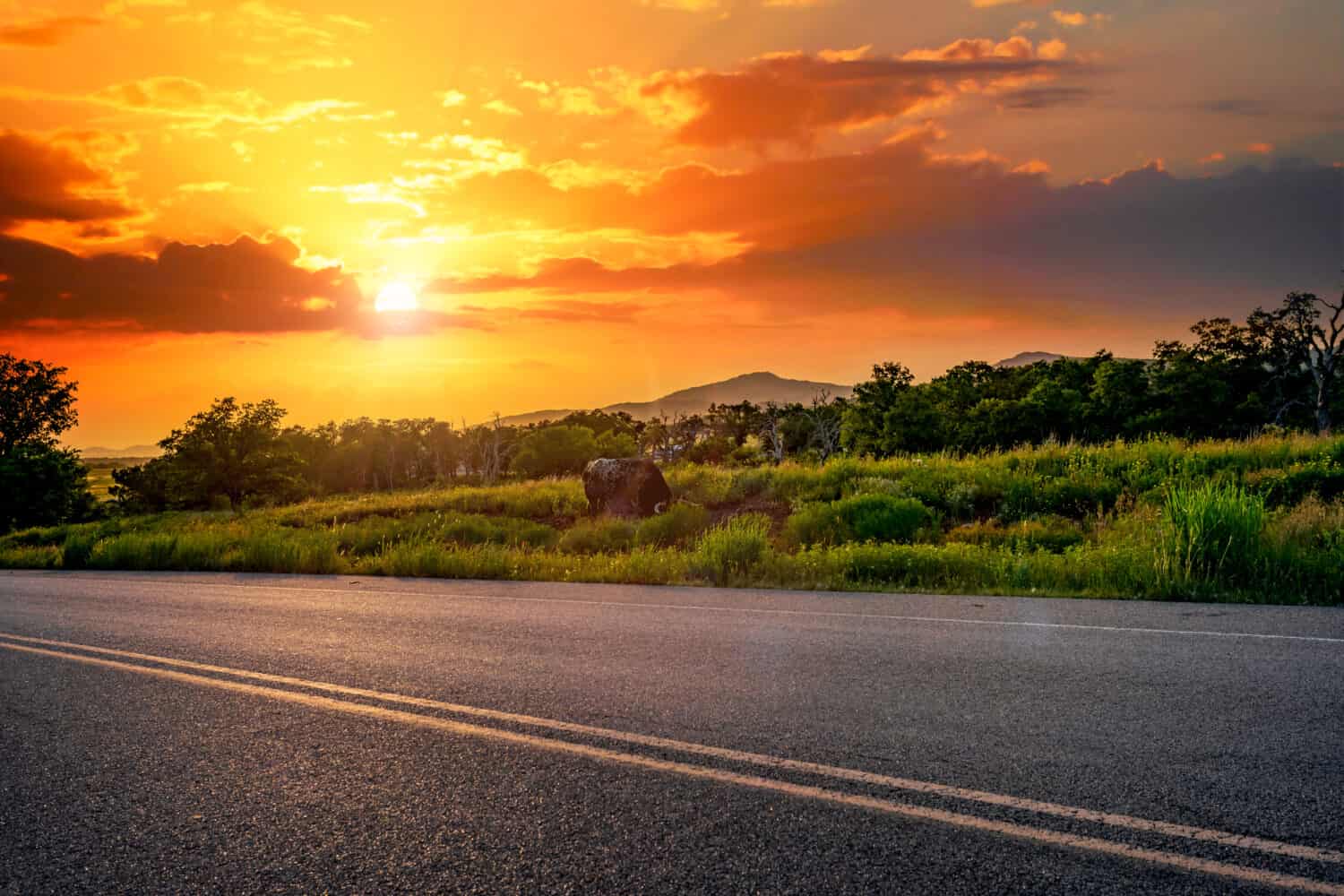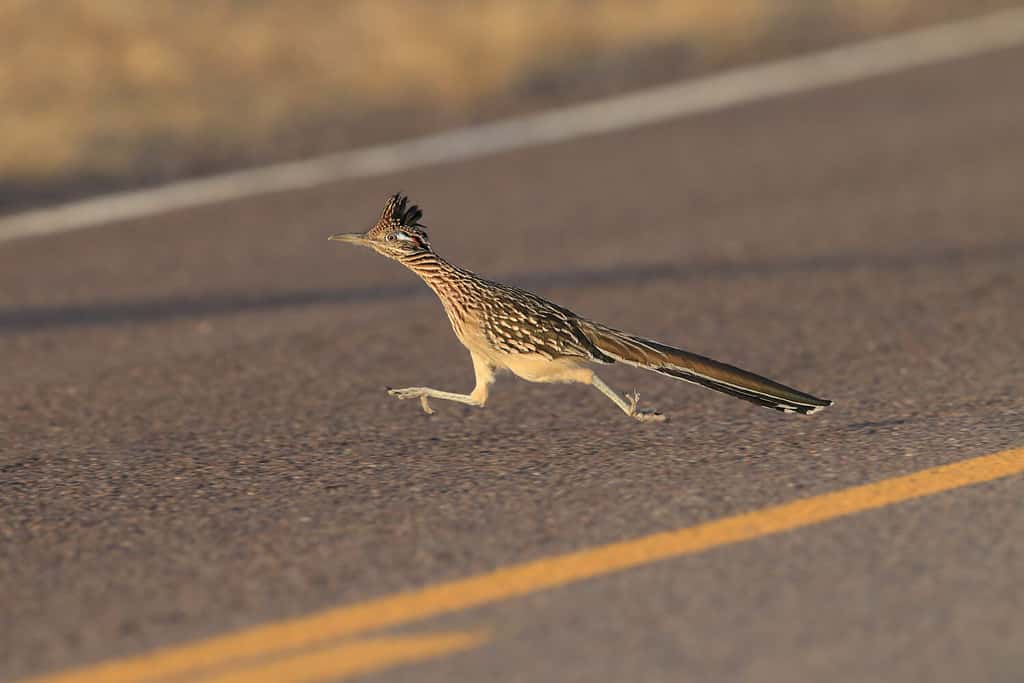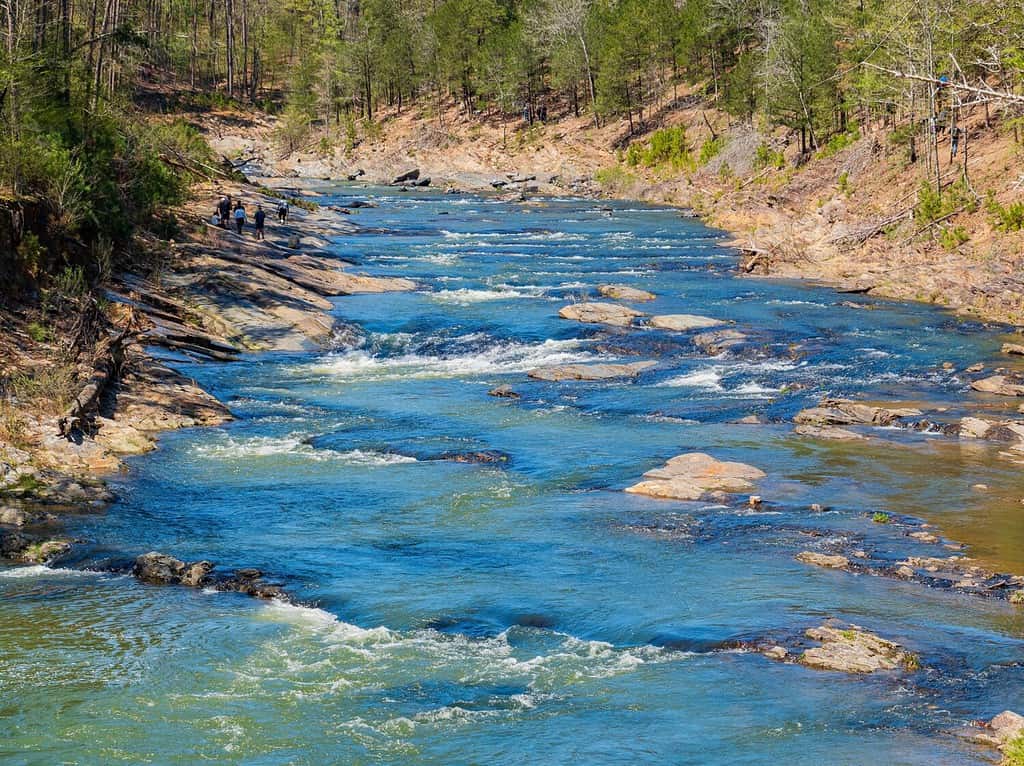Oklahoma, situated in the southern United States, experiences a continental climate with hot summers and mild winters. Known for its wide-ranging weather patterns, the state has witnessed extreme temperatures throughout its history.
When Did the Hottest Temperature Occur in Oklahoma?
The hottest temperature ever recorded in Oklahoma took place on June 27, 1994, in the small town of Tipton. The mercury soared to a sweltering 120 degrees Fahrenheit (48.9 degrees Celsius), setting a record for the state’s highest recorded temperature. This exceptional heat was a result of a combination of factors, including a high-pressure system, clear skies, and intense solar radiation.
The exceptional conditions that led to the record-breaking heat were the result of a combination of atmospheric factors. A dominant high-pressure system settled over the region, which resulted in sinking air and suppressed cloud formation. This led to clear skies and allowed the sun’s radiation to intensify unabated. In addition, warm air masses originating from the southwest mixed with a dry, arid airmass, creating a perfect recipe for extreme temperatures.
The combination of high temperatures and minimal cloud cover contributed to the rapid warming of the air. As the mercury climbed, the oppressive heat affected both urban and rural areas alike, leaving residents seeking shelter and relief.

Oklahoma can experience some really hot temperatures during the summer. The highest temperature experienced by the state was a whopping 120˚F.
©Sarah Quintans/Shutterstock.com
Impact of Hot Temperatures on the Community of Oklahoma
Communities across the affected regions sought creative solutions to cope with the extreme heat. Cooling centers were opened, where residents without air conditioning sought refuge, particularly the elderly and those more susceptible to heat-related illnesses. People adjusted their routines, opting for early morning or late evening activities when temperatures were relatively cooler. Outdoor events were postponed or held indoors, and precautions were taken to ensure the well-being of livestock and other animals.
The record-breaking temperature not only impacted human activities but also left a significant imprint on the environment. Vegetation and crops suffered under the intense heat, with wilting and stress becoming common. Water resources dwindled as evaporation rates soared, exacerbating drought conditions in already arid areas. Wildlife sought shade and refuge, adapting their behaviors to survive the harsh conditions.
While the record-setting temperature in Tipton remains a historical benchmark, it also serves as a stark reminder of the potential impacts of climate change. Extreme heat events like this have become more frequent and intense in many parts of the world. Such occurrences underline the importance of understanding and addressing climate change to mitigate the risks associated with extreme weather events.
The record-breaking heatwave of 1994 serves as a testament to Oklahoma’s capacity for extreme temperatures. It highlights the need for preparedness, adaptation, and mitigation strategies to ensure the well-being of residents, safeguard vulnerable populations, and protect the environment. By studying and learning from such extreme events, we can better understand the challenges posed by changing climate patterns and work towards sustainable solutions for the future.
Average Temperatures in Oklahoma
Oklahoma’s climate is characterized by hot summers and mild winters, reflecting its continental influence. Average temperatures across the state vary throughout the year, with the summer months being the hottest.
During the summer, from June to August, temperatures commonly range from the mid-80s to the mid-90s in degrees Fahrenheit (29 – 35˚C), with occasional heatwaves pushing temperatures well above 100˚F (37.8˚C). The central and western parts of the state typically experience the highest summer temperatures, owing to their inland location and reduced moderating effects from large bodies of water.
In contrast, winters in Oklahoma are relatively mild. From December to February, average temperatures range from the mid-30s to the mid-50s in degrees Fahrenheit (1 – 12˚C). However, occasional cold weather can bring temperatures below freezing, and light snowfall is possible, particularly in the northern and western regions.

Oklahoma is known for its hot summers and mild winters. Oklahoma occasionally experiences snowfall; however, it is not very common.
©arweatherly/Shutterstock.com
Wildlife Adaptations to Hot Temperatures in Oklahoma
Oklahoma’s hot climate presents challenges for wildlife, but many species have evolved remarkable adaptations that enable them to thrive in these harsh conditions. Here are some examples of animals that have adapted to survive in very hot temperatures:
Desert Tortoise (Gopherus agassizii)
The desert tortoise, native to arid regions of Oklahoma, has several adaptations to cope with extreme heat. It has a thick and sturdy shell that provides protection against high temperatures and potential predators. Additionally, the tortoise has the ability to dig burrows, which it uses for thermoregulation. These burrows offer a cooler microclimate where the tortoise can retreat during the hottest parts of the day.
Collared Lizard (Crotaphytus collaris)
The collared lizard is a reptile that thrives in Oklahoma’s hot, arid environments. It has specialized skin adaptations, such as scales that reflect sunlight and help prevent excessive heat absorption. The lizard also has a unique behavior known as “rock sitting.” It positions itself on elevated rocks, allowing its body to absorb the heat from the surface while exposing less of its body to the direct sun, reducing heat stress.
Greater Roadrunner (Geococcyx californianus)
The greater roadrunner is a bird species well-suited to Oklahoma’s scorching temperatures. It has a specialized nasal gland that helps dissipate heat through evaporative cooling. The bird also has long legs and a slender body, allowing for efficient heat loss. Its ability to sprint short distances at high speeds allows it to quickly find shelter or shade during the hottest parts of the day.

Roadrunners are especially common in Oklahoma and are particularly suited for hot weather thanks to their slender bodies and ability to find shelter.
©Frank Fichtmueller/Shutterstock.com
Western Diamondback Rattlesnake (Crotalus atrox)
The western diamondback rattlesnake is a venomous snake that inhabits the arid regions of Oklahoma. It has adapted to survive in extremely hot environments by becoming crepuscular, meaning it is most active during the cooler hours of dawn and dusk. This behavior helps the snake avoid the intense heat of the midday sun. Additionally, the snake’s unique heat-sensing pits allow it to detect prey and navigate its environment accurately.
Protecting Wildlife in Oklahoma from Hot Temperatures
Extreme heat poses significant challenges for wildlife in Oklahoma, as high temperatures can disrupt ecosystems, impact food availability, and cause dehydration and heat stress. To protect the state’s diverse wildlife during periods of extreme heat, it is crucial to implement conservation measures that focus on habitat preservation, water availability, and public awareness. Here are some strategies to safeguard Oklahoma’s wildlife from the impacts of extreme heat:
Preserve and Restore Natural Habitats
Preserving and restoring natural habitats is critical for wildlife to find shelter, seek shade, and access resources during periods of extreme heat. Protecting natural areas, such as forests, wetlands, and grasslands, helps maintain habitat connectivity and provides refuge for wildlife. Additionally, habitat restoration efforts, including reforestation and native plant reintroduction, can enhance the resilience of ecosystems to withstand extreme heat events.
Create Water Sources
Water availability is vital for wildlife survival during extreme heat. Ensure that there are reliable water sources across different habitats, such as ponds, lakes, streams, and artificial watering holes. It is important to regularly monitor and replenish these water sources to prevent them from drying up. Providing shallow dishes or basins in gardens and protected areas can also serve as additional water sources for birds and small mammals.
Maintain Vegetation and Shade During Hot Temperatures in Oklahoma
Sustaining a healthy vegetation cover helps regulate temperatures, provide shade, and reduce the impact of extreme heat on wildlife. Preserve and manage native plant communities, including trees, shrubs, and grasses, that provide shade and cooler microclimates. These vegetation structures offer refuge for wildlife, helping them escape the direct heat of the sun and reducing the risk of dehydration and heat stress.

Maintaining cool and moist spaces for wildlife is absolutely essential for conserving biodiversity in Oklahoma.
©Kit Leong/Shutterstock.com
Install Wildlife-friendly Structures
Consider installing structures that offer shade and shelter for wildlife, such as nest boxes, birdhouses, and bat boxes. These structures provide additional opportunities for wildlife to find relief from the heat and create nesting or roosting sites. Strategically placing these structures in shaded areas or near water sources can enhance their effectiveness in extreme heat conditions.
Public Awareness and Education About Hot Temperatures in Oklahoma
Public awareness and education about the impacts of extreme heat on wildlife is very important. Engage with local communities, schools, and organizations to raise awareness about the importance of wildlife conservation and responsible environmental practices. Encourage the public to minimize habitat disturbance and avoid unnecessary outdoor activities during the hottest parts of the day. Make sure to report any distressed or injured wildlife to the appropriate authorities.
Protecting Oklahoma’s wildlife from extreme heat requires a multi-faceted approach. This should focus on preserving habitats, providing water sources, maintaining vegetation, raising public awareness, and addressing climate change. By implementing these conservation measures, we can help mitigate the impacts of extreme heat events on wildlife populations and ensure their long-term survival in Oklahoma’s diverse ecosystems. Through collective efforts and responsible environmental stewardship, we can safeguard the state’s valuable wildlife and promote a sustainable future for all.
Thank you for reading! Have some feedback for us? Contact the AZ Animals editorial team.








